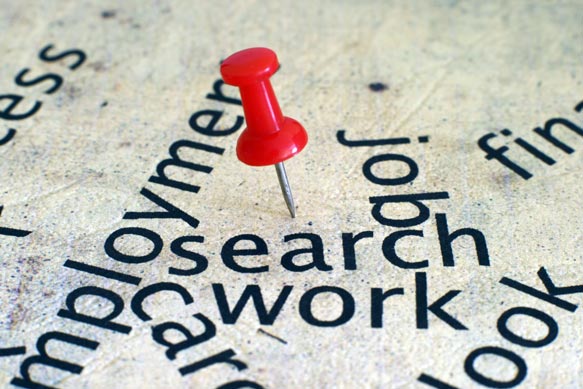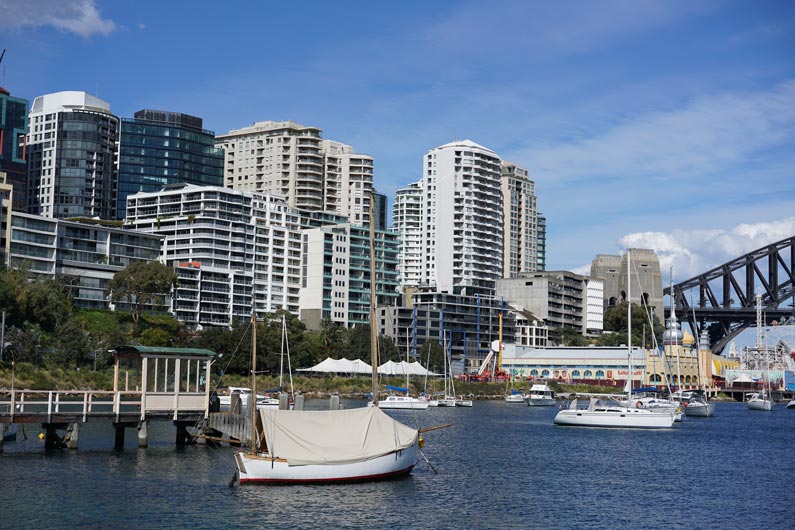The Reserve Bank may hold rates for as long as a year, but mortgage borrowers could be punished anyway by rising house prices and gouging by the banks.
Australia’s central bank held the official cash rate at 1.5 per cent for the tenth time on Tuesday. It hasn’t moved since a 25 basis point cut in August 2016.
But this hasn’t stopped the banks. They have refused to pass on the full benefit of the RBA’s record-low rates in order to offset costs and prop up profits.
Analysis by The New Daily of official data published on Tuesday showed that the gap between the RBA rate and the standard rate banks quote to mortgage borrowers is around the widest in 20 years.
RMIT economist Dr Ashton De Silva, an expert on the housing market, said it was “conceivable” that banks could widen this gap even further in coming months in response to rumblings in the global economy.
He pointed to the impact of Brexit and the Federal Reserve pushing up rates in the US as factors that could force Australian banks to pay more to borrow overseas and pass on the costs to owner-occupiers.
This spread between the official rate – which the RBA insists is still the “main driver” of bank funding costs – and the Standard Variable Rate banks quote to prospective customers is sitting perilously close to four percentage points, the biggest margin since 1994.
The SVR is higher than what most customers actually pay, but the gap is similar for discounted rates.
The good news for borrowers is that the RBA probably won’t hike rates for a few months more, according to the market.
The futures market is tipping rates won’t rise until next year, and even then, not by much. The ‘yield curve’ in that market shows rates are expected to reach about 1.75 per cent by November 2018.
But that’s not much relief if the banks push up rates in the interim in response to rising borrowing costs.
Martin North at Digital Finance Analytics said lenders were likely to continue penalising investors and interest-only borrowers, while leaving owner-occupier rates roughly where they are.
“Last year there was a massive race to the bottom in terms of discounts to try to gain volume and share. Many banks dented their margins in the process,” Mr North told The New Daily.
“They’ve now got the perfect cover, thanks to APRA’s regulatory intervention, and so I’d expected to see mortgage rates continuing to grind higher, particularly for investors and anyone on interest-only.”
The RBA’s cash rate may be the “main driver” of bank funding costs, but it’s not the only driver. Australian banks also borrow heavily in overseas money markets such as London and New York, where central banks are eyeing rate hikes, and from term deposits in Australia.
Owner-occupier mortgage rates are still lower than they were in 2011, when the RBA began cutting. Since then, the official cash rate has fallen by almost 70 per cent, from 4.75 to 1.5 per cent.
The problem for borrowers is that rising house prices (fuelled in part by low rates) are negating the benefits.
Rate cuts are supposed to give households more disposable income by reducing their mortgage repayments.
But interest is only half a mortgage. The rest is ‘principal’, which is being pushed up by higher property values, especially in Sydney and Melbourne.
This means the total amount of money we’re repaying to banks is high and staying high, despite what the RBA has been doing.
The Bank for International Settlements has estimated that the average Australian household spent 15.3 per cent of income on interest and principal repayments (a measure known as the ‘debt service ratio’) over the last three months of 2016, its latest estimate.
This is back to levels last seen in 2013, which means the benefits of low rates must be getting swamped by house price rises.
Australia’s debt service ratio is now third behind the Netherlands (17.4pc) and Denmark (15.9pc), putting us above a comparable economy like Canada (12.3pc) and well above bigger economies such as the USA (8.2pc) and United Kingdom (9.7pc).

















